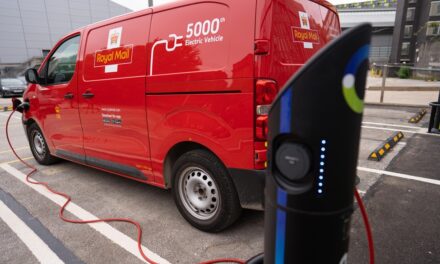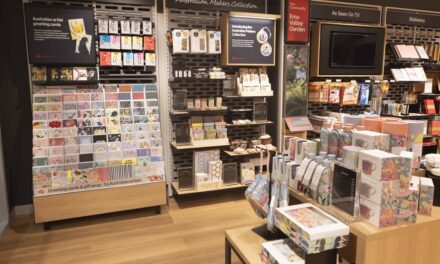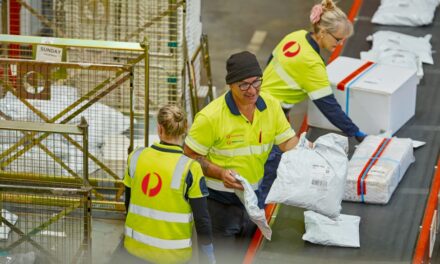
Australia Post chief says letter volumes “about to fall off a cliff”
Australia Post chief executive Ahmed Fahour has revealed that his company’s letters business has significantly surpassed last year’s $218m loss — and the situation is only going to get worse. In a speech to business leaders yesterday, he revealed that letters services at the Post have incurred more than A$300m ($280m USD) in losses this financial year.
The losses have “overwhelmed” the profits made by the company’s booming parcels division so that in the second half of its financial year (up to June), Australia Post has recorded an overall loss for the first time since becoming a government enterprise in 1989.
Fahour said losses from the letters business will continue to grow unless reforms are implemented.
He said: “Unfortunately, all of our market analysis indicates that the volume declines we’ve already experienced have been relatively gentle and we are about to hit an even bigger cliff.”
Australia Post wants to reform its universal service obligation in order to adapt to the spiraling volume. The company is currently obliged to delivery to 98% of delivery addresses five days per week.
Volume decline
Speaking to the Australia Israel Chamber of Commerce in Melbourne yesterday, Fahour said letter volumes have dropped 25% since 2008, with the annual rate of decline accelerating each year, from 2-3% to today’s 6% decline.
But he said that had been a relatively “slow” decline compared to what is coming.
Government analysts are now forecasting that the Australian letter volumes will fall by between 8% and 11% over the next five years, he revealed.
“Given Australia’s rate of digital adoption is lagging many areas of the developed world we have the dubious “benefit” of knowing what’s coming next. Unfortunately, it’s not pretty,” said Fahour.
“It’s a scary thought but the 8-11% annual letter volume decline might actually be an understatement.”
Fahour said that 97% of letters are sent by businesses or government in Australia, and that these organisations were now doing everything possible to move communications to digital channels. He said that looking at what has happened in Denmark, Iceland and Norway, when governments start dealing with their citizens digitally, letter volumes “start to plummet”.
In the mean time, population growth in Australia is adding 150,000 delivery addresses each year, making the business of delivery more expensive.
“The economics of that are obviously unsustainable,” he said.
The decline in the use of letters has also meant post office visitor numbers are down by 24% in the last six years, said the Australia Post CEO.
The big positive for the Post out of all this “digital disruption” has been the boom in the parcel business, with online shopping now accounting for 70% of all the parcels carried by Australia Post, driving a 39% growth in domestic parcel volumes over the past four years. The parcels business now makes a $300m profit each year, helping to balance out the financial impact of the letters volume decline so far.
Strategy
Looking ahead, Fahour said his strategy for the company was to manage the decline of the letters business by changing prices and adapting services to the shift in customer behaviour.
He referred to the move to a two-speed letters delivery service, to provide choice on service standard and price, which was announced in June and should extend across the country by 2015. This will see a “Priority” service delivering according to current delivery standards, including overnight delivery for items delivered in the same city as they were mailed, with a “Regular” service added offering 1-2 days longer transit.
However, he said Australia Post would become a “drain” on the government’s budget if it was not allowed to change its Community Service Obligations.
The other part of Fahour’s strategy for Australia Post is to expand the reach of its digital communications services, including the MyPost Digital Mailbox, to capture the digitisation of the communications market.
Continuing to grow the e-commerce delivery business is also at the heart of the CEO’s plans.













